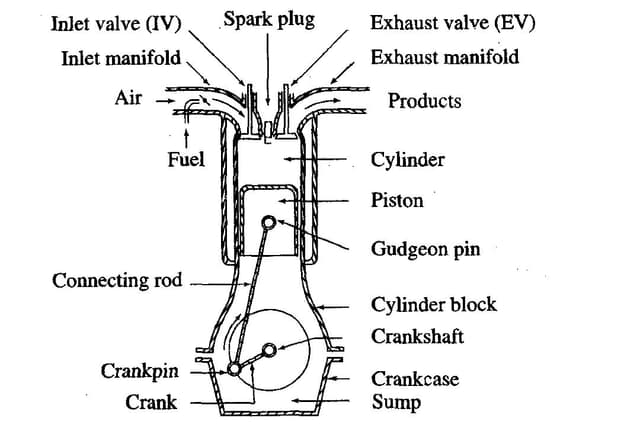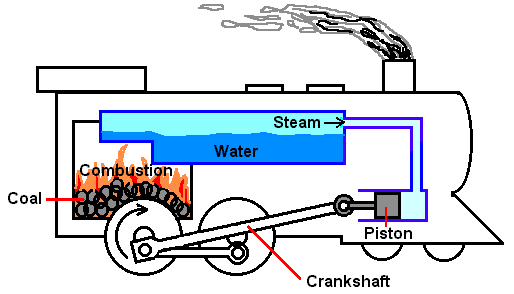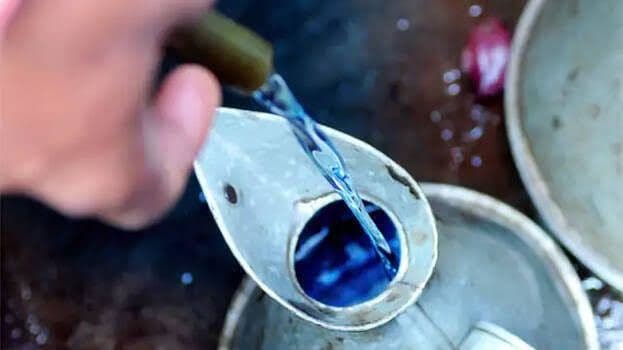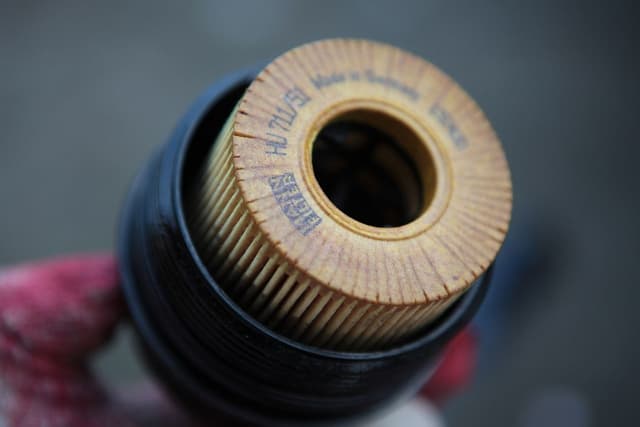Fuel Quality Requirements
What are General quality requirements of automotive fuel

Bablu Yadav
Posted in Automobile Engineering
.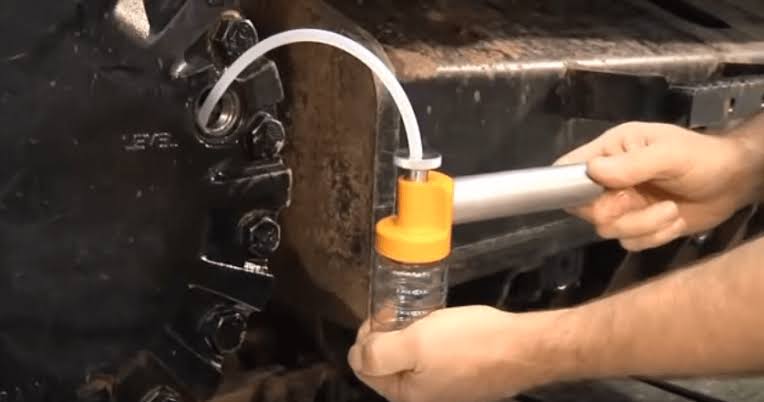
Source: TestOil
What are General quality requirements of automotive fuel
The fuel quality plays an important role for the engine performance. This includes technical performance - such as durability, power output and fuel economy - as well as the ability to meet emissions requirements set by the authorities.
Which fuel Quality should be used
Only fuels meeting legal requirements and national and international standards should be used. These standards are the minimum requirements for market fuels in the different world regions and have, in most cases, been produced in co-operation between oil industry, automotive industry and authorities.
Examples of such requirements according to the country are:
- EN590 - European standard (CEN) for automotive diesel fuel. Required in the EU (28) +6 (Norway, Switzerland, Iceland, Turkey, Serbia, Makedonia)
- ASTM D 975 1-D and 2-D - Base requirement in USA and Canada
- JIS KK 2204 - Diesel fuel standard in Japan, +mention the B5 standard?
- CHINA - GB252-2015
- INDIA - Presently it is IS1460:2005 (Bharat IV)
- BRAZIL - ANP N-69, 2014
In some countries, higher quality requirements are set due to environmental reasons. This is the case for instance in Sweden (Environmental Class 1 MK1) and California (CARB requirements). These fuels show better emissions performance than the standard fuels and can therefore be recommended. Due to lower density and/or viscosity, some of these environmental fuels can slightly decrease the maximum power output and also increase the fuel consumption (volumetric). The automotive industry has issued a document with agreed fuel quality requirements: the World-wide Fuel Charter (WWFC; available at www.acea.be). Diesel fuels meeting Category 4 and 5 (without FAME) of the WWFC are recommended for optimal performance of Euro 4/5/6 vehicles. From an emission point of view earlier generations of vehicles will also benefit from using these fuels. Following figures (numbers) in this document are based on European standard (EN590).

